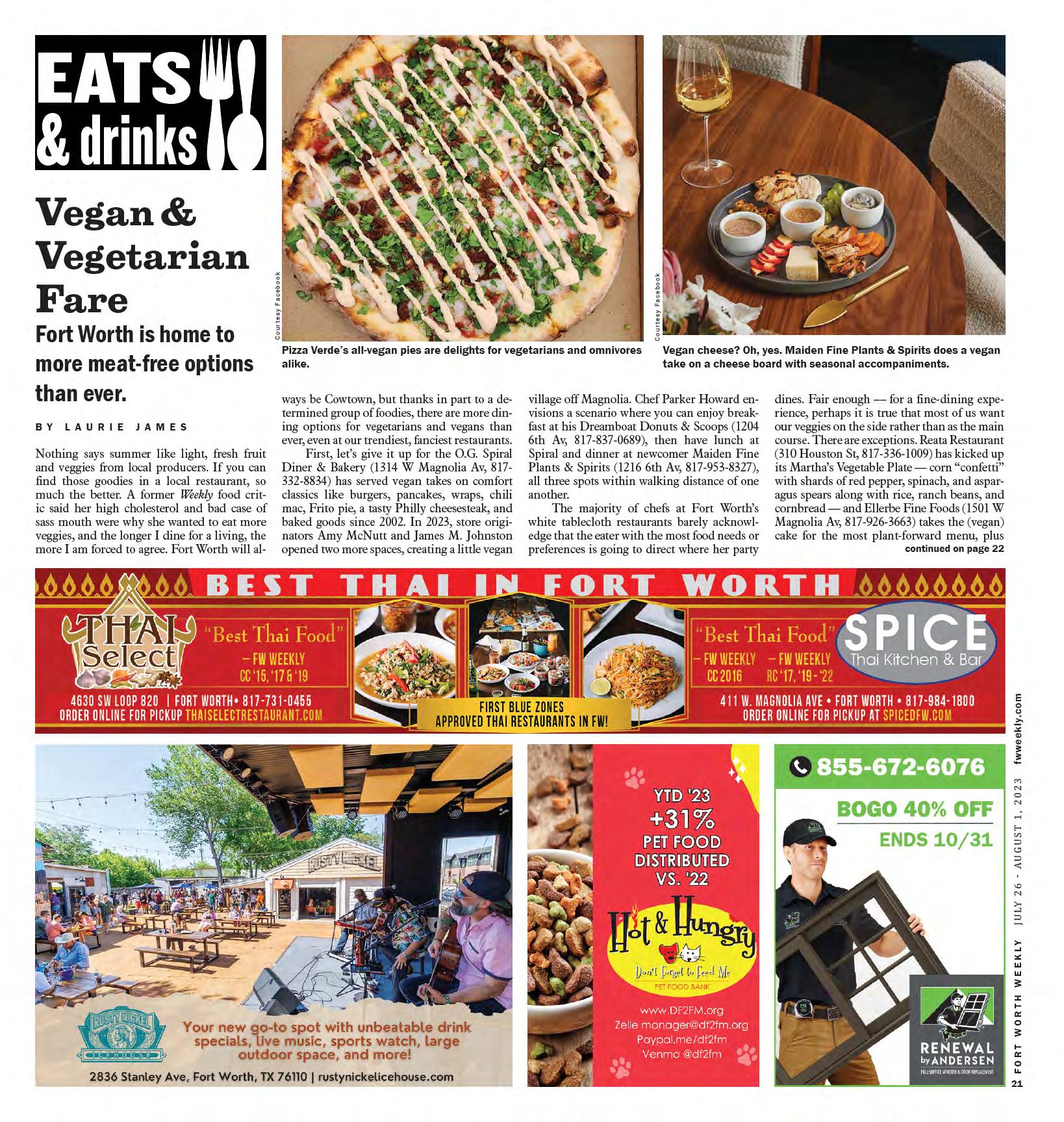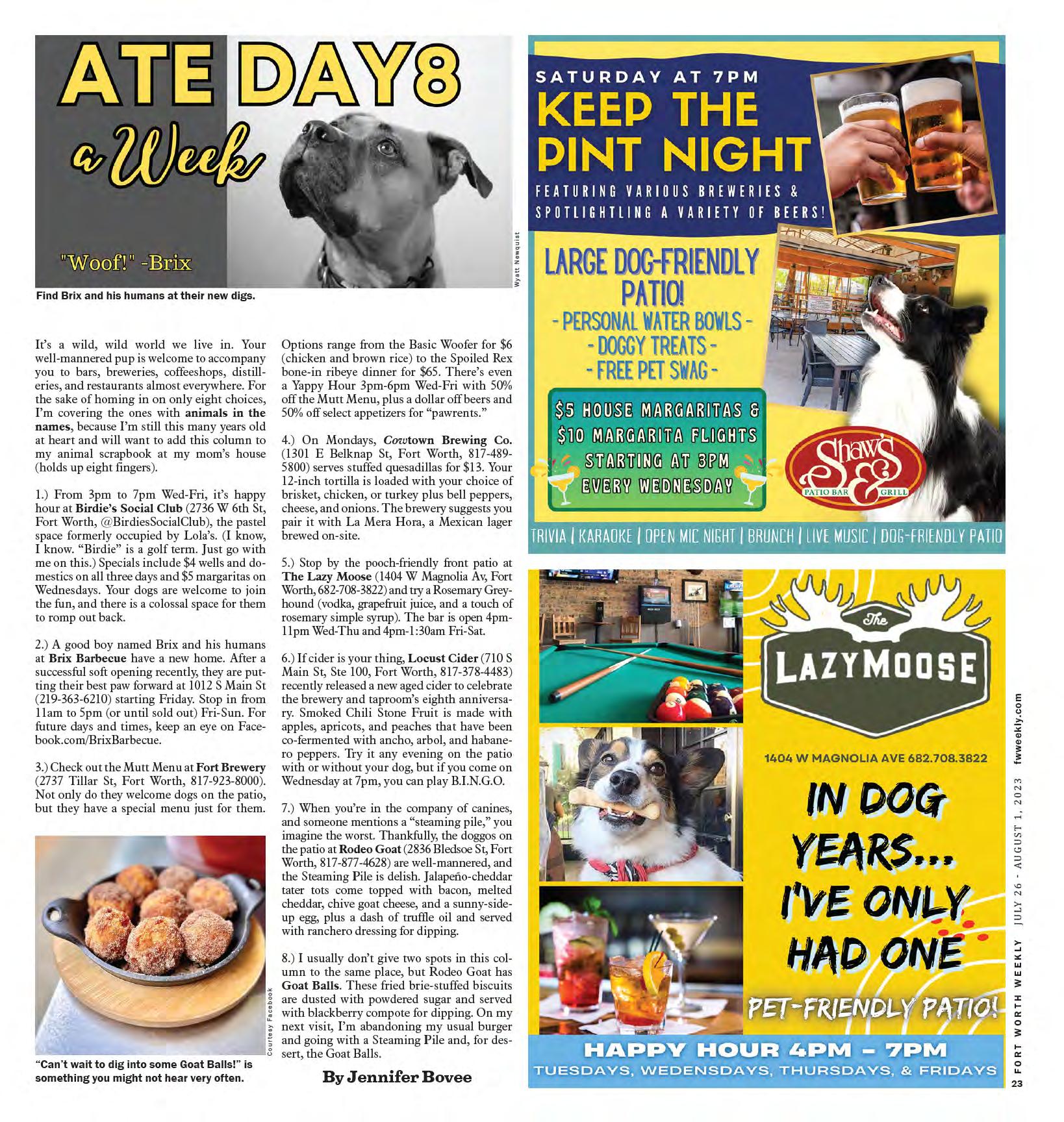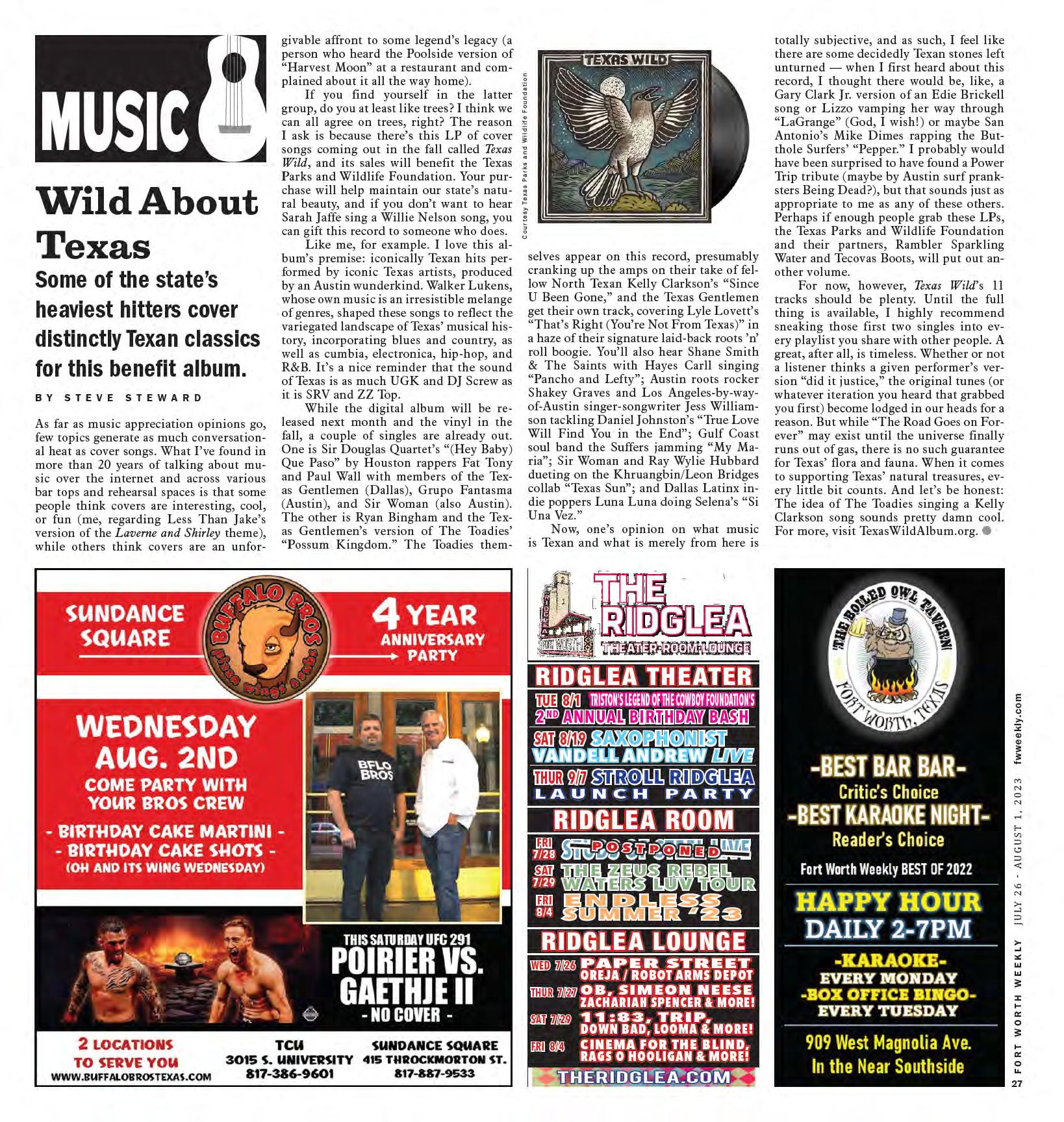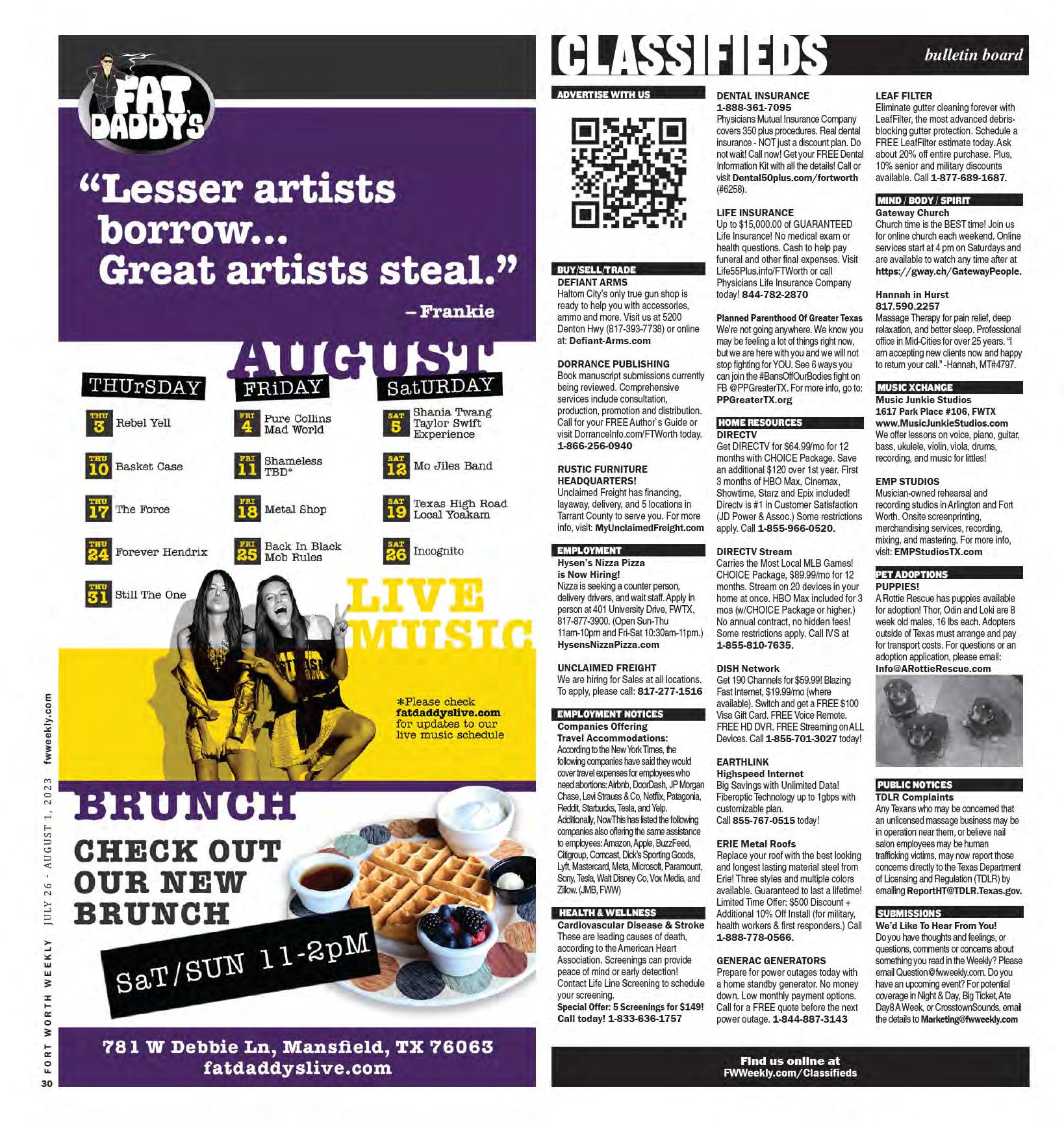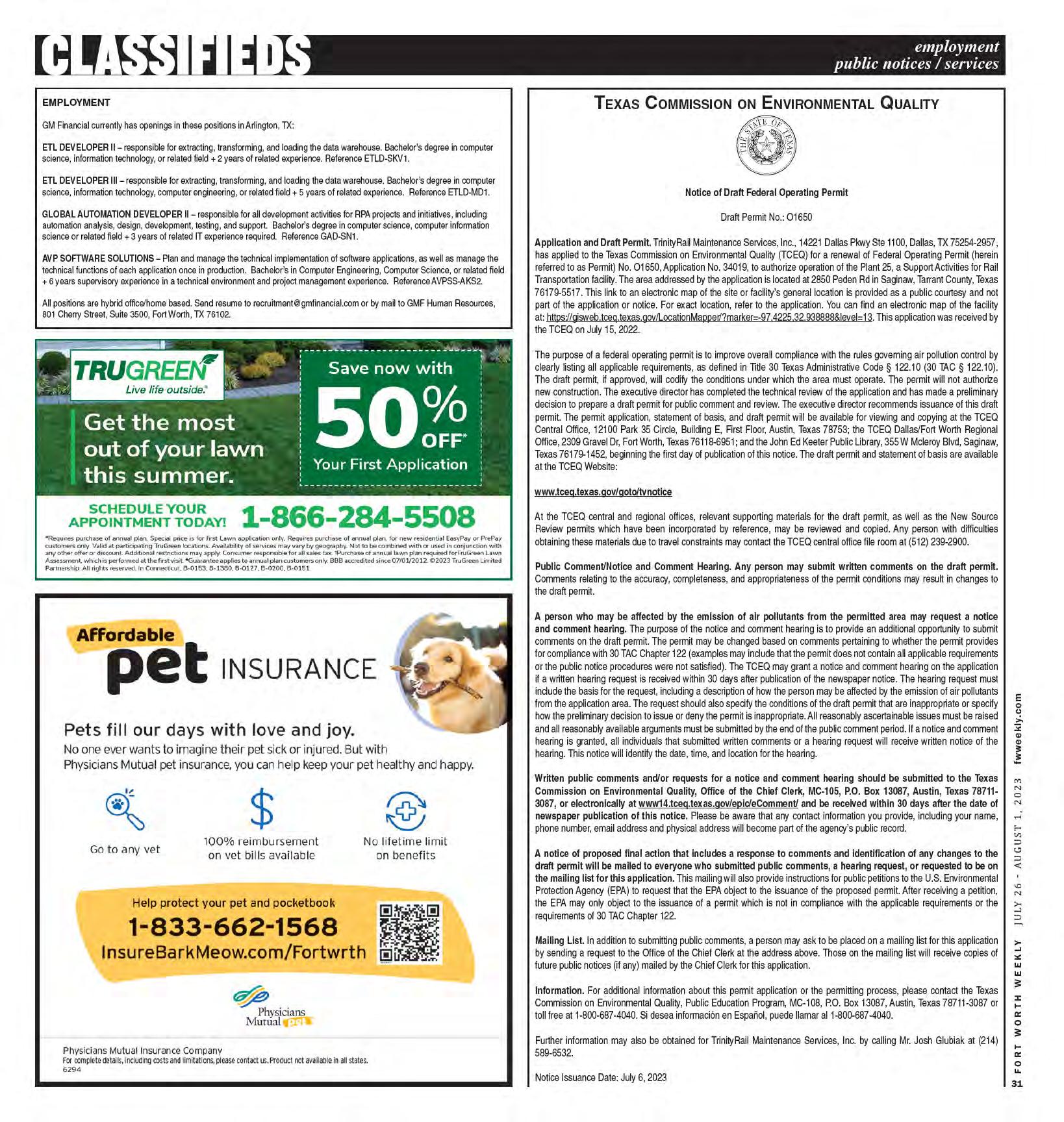




























“The greatness of a nation and its moral progress can be judged by the way its animals are treated.”
- Mahatma GandhiA sleek and powerful tiger prowled through a suburban Houston neighborhood, shocking and terrifying residents. The tiger’s rich, rust-colored fur marked with jet-black stripes provided a wild contrast to the lovely lawns and orderly rows of beautiful homes which reflect a lifestyle of comfort and stability.
In a viral video, the majestic beast strides down a street with an air of both uncertainty and the boldness of a fierce predator.
The big cat evaded capture for several days before he finally met an armed off-duty sheriff’s deputy from the neighborhood. With his gun drawn, the cop found himself staring straight into the tiger’s piercing amber eyes. The tiger and deputy were separated by just the width of the back of a pickup truck.
Fortunately, the tiger’s owner was able to bring the big cat back inside, and no one, including the tiger, was injured.
The tiger, India, was later confiscated and whisked away to the Cleveland Amory Black Beauty Ranch, a sanctuary in Murchison, Texas. India’s new home allows him to spend his days clawing trees, splashing in a pool of water, and romping through tall grass.
The Humane Society of the United States and other advocacy groups have pointed to a national “tiger problem” driven by people who want to turn the beautiful yet dangerous big cats into celebrity performers or household pets.
Although the exact number of big cats in Texas is unknown, the Humane Society estimates that figure to be at least several thousand.
Keeping big cats can endanger both the animals and the people, advocates warn.
That is one reason the Big Cat Public Safety Act was passed in December 2022. The federal law is designed in part to deter people from keeping big cats as pets. It also bars exhibitors from allowing the public to touch or interact with big cats like tigers, including cubs.
Tigers are part of a much broader problem that impacts many different species: illegal wildlife trafficking. Through this illicit trade, some of the world’s most iconic animals — rhinos, elephants, and sharks — are being driven to the brink of extinction.
Poachers kill tens of thousands of ele-
phants every year and use the tusks for ivory products, says the World Wildlife Fund (WWF). Every day, the WWF adds, poachers kill at least two rhinos due to false beliefs that their horns can cure diseases like cancer, blood disorders, and even hangovers. And Tigers are trafficked as live cubs for pets, and their fur, claws, teeth, and bones are used in traditional medicines or as amulets.
In Texas, wildlife trafficking extends far beyond tigers. According to several wildlife enforcement agents I spoke with, a wide range of species are exploited. Among them are sharks, hummingbirds, songbirds, some of the most venomous snakes in the world, spider monkeys, turtles, and black bears, to name a few.
North Texas also plays a role in illegal, international wildlife trafficking. A January 2022 report in Conservation Science and Research names Dallas, Atlanta,
and San Francisco as “entry hotspots” for illegal tiger imports that enter the United States. The shipments come primarily from China and Vietnam.
In Texas and worldwide, illegal wildlife trafficking is fueled by a demand for exotic pets as well as items often made from endangered species. Various parts of the animals are fashioned into things like jewelry, trinkets, chess sets, trophies, and furs used for display or coats. Traffickers also capitalize on cultural traditions and beliefs that some animals or their body parts carry medicinal value or mystical power, government agents and experts said.
Mystic practitioners can face federal charges when their rituals or beliefs involve endangered species.
Hector Reyes of Rio Grande City pleaded not guilty in June to charges related to drug smuggling and the federal Endangered Species Act. Reyes allegedly performed rituals that he believed would conceal illegal drug shipments from law enforcement. An indictment by the U.S. District Court in McAllen says that Reyes intended to sacrifice a 5-week-old female jaguar. Authorities confiscated the feline and sent her to the Gladys Porter Zoo.
Another ritualistic practice in Texas with a protected species involves hummingbird “charms” known as chuparosas. The hummingbirds, which are believed to have magical powers in some Latin America cultures, are dried and packaged with a prayer card. The charms are intended to help someone find love, the Audubon Society says.
In one case, Cynthia Macias-Martinez, the owner of a Dallas mystic store, pleaded guilty in 2020 to federal charges relating to selling the hummingbirds without a valid permit or authorization, according to the U.S. Attorney’s Office in the Northern District of Texas.
Jim Stinebaugh, assistant special agent in charge for the southwest region of the U.S. Fish and Wildlife Service, said that agents from his office have investigated the sale of chuparosas. Typically, the birds are sold “behind the counter” of botanical stores, and
a buyer must know the right way to ask for them to obtain one, Stinebaugh said.
Other trafficked items in Texas are also used for status, display purposes, or food.
Kevin Winters, a game warden with the Texas Parks and Wildlife Department, has worked cases involving items made from a black bear (an endangered species) that were sold in a Laredo flea market several years ago, he said.
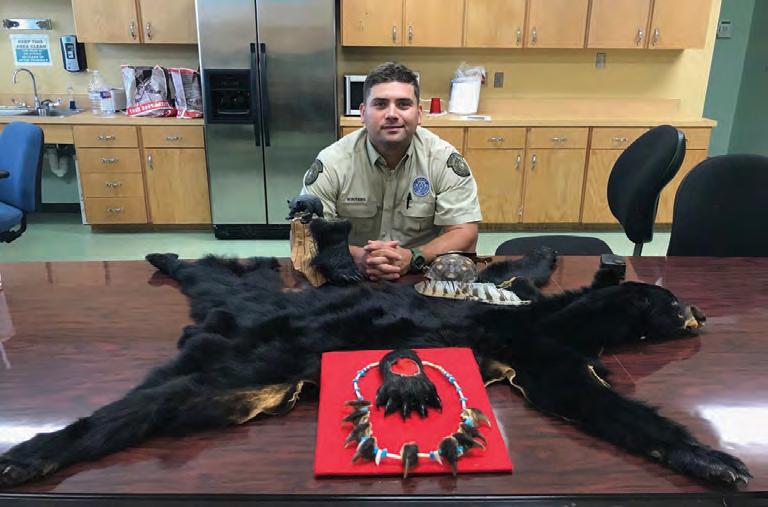
Other cases along the Mexico border include a white tiger that was confiscated. A photo provided by Winters shows the animal sitting behind a flimsy wire fence. Another photo reveals a brown bear and a black bear behind thin wire fencing. One of them is standing nose-to-nose with a dog on the other side.
In 2022, several hundred shark fins were confiscated from a San Antonio seafood restaurant. Shark fins are often made into soup, a dish that is illegal in the United States. The fins are collected by capturing a shark, dragging it onto a boat, and then chopping off the fin before throwing the shark back into the water. Unable to swim, the sharks will bleed to death or drown.
The arrival of shark fins or other wildlife parts in the United States is often connected to well-organized international networks.
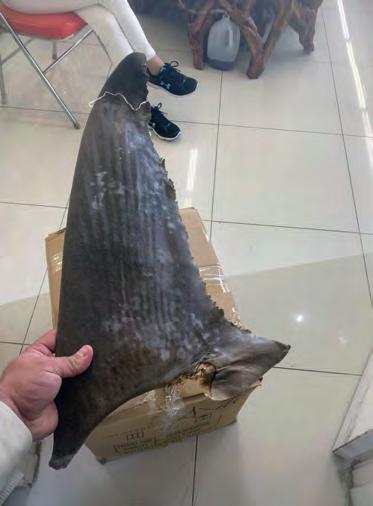
Organized crime rings are behind the destruction of creatures of the forests, rivers, seas, and skies as traffickers exploit an international demand for exotic pets, their body parts, or products made from the animals.
Wildlife trafficking is a significant problem because it impacts animals and ecosystems, which in turn can set the planet out of balance.
“There’s an overall loss of nature and biodiversity, and ecosystems are crumbling,” said Crawford Allan, an international wildlife trafficking expert and senior director of wildlife crime with WWF. “Forests and rivers are being emptied of wildlife for this demand.”
Wildlife trafficking is the fourth largest source of finance for transnational criminal organizations, generating as much as $23 billion per year, according to U.S. Immigration and Customs Enforcement (ICE).
To tap into the insidious but lucrative field, traffickers added wildlife to existing crime rings of guns and drugs, experts and wildlife enforcement agents told me.
“There’s a very low risk in them trading this wildlife, and prices have gone through the roof,” Allan said. “The availability has become very prevalent, and in some cases, it is driving some species to near extinction.”
The totoaba fish is one of them.
In June, officers with U.S. Customs and Border Protection in Arizona seized about $2.7 million worth of the fish’s swim bladders that sell for astronomical amounts on the black market.
“It’s the equivalent of cocaine in terms of value, and it’s smuggled by the same people who smuggle cocaine,” Allan said.
The operation can involve moving the fish bladders through underground tunnels to bring the items out of Mexico and into the states and then into markets in China, Allan said.
In addition to using the swim bladders continued on page 13
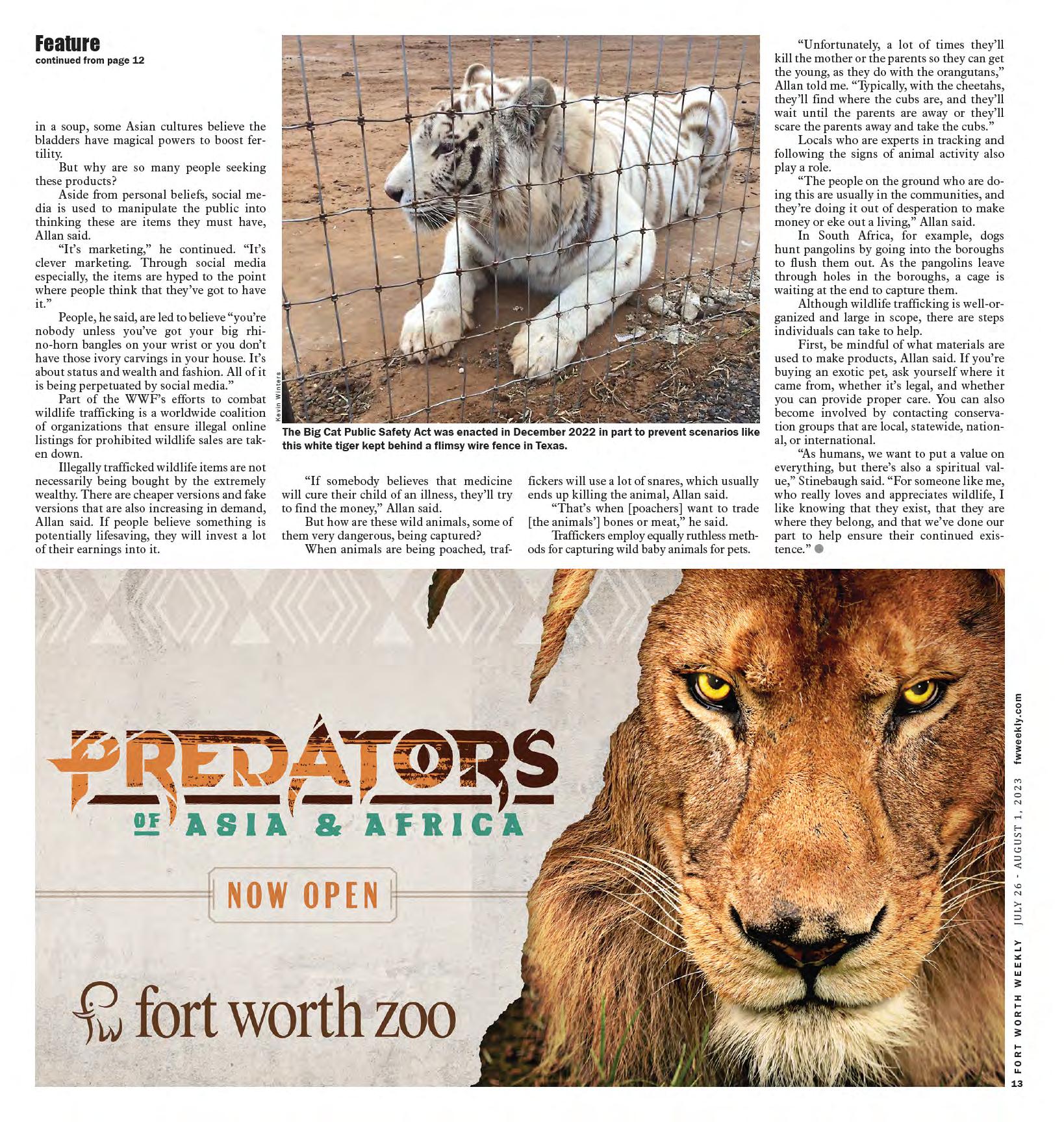
At a Fort Worth pond, I seek turtles. Red-eared sliders and flat gray pancakes of spiny softshells plop into the water when I’m too close. I do not want to disturb them sunning themselves, gathering heat into their scales. Reptiles are cold-blooded, a phrase connotative with emotionless psychopaths, though a more accurate word is “ectotherm,” meaning they acquire warmth from outside sources like the sun or hide in water or shade to avoid overheating. Turtles resemble circular green monks, mystics of patience for heat and food, and the words “cold-blooded” cannot do justice to their tender demeanors.
It is September today. June Bugs have died and left jellyful grubs in the soil. Inside a chrysalis, a new heartbeat forms from the genetic slush that caterpillars’ bodies turn to, forging wings. Looking for turtles is a respite for the human world’s petty humiliations: my student debt and the relentless expectation that I am supposed to make money. I made the choice to do what I love, writing and tutoring, instead of selling a product, leaving me poor and estranged from a civilization whose highest value seems to be the bottom line, yet the world preserves itself and spins. Even in this age when pollution and exploitation of the Earth threatens life itself, at least for now, in this pond, I’m thankful the turtles seem content.
There! At last. I see a snapping turtle. A thick springable neck, powerful clawed front feet, and a dragon-like tail indicate the species, the sun twinned in her dark brown eyes. I remember a legend from the Mohawk tribe from New York state, that the entire Earth was a rolling ocean. A flock of swans carried a pregnant woman onto the back of a tremendous sea turtle. Beavers dived into the deep and gave her mud to spread on the turtle’s carapace, thus North America became known as Turtle Island. There are sacred, cosmological motifs of turtles, like the Mohawk’s, and there are modern scientific epics, too.
Evolutionary biology suggests that turtles appeared in the late Triassic about 220 million years ago. Turtles and tortoises belong to the taxonomic order Testudines (formally called Chelonians.) Stout bodies and wily survival strategies sustained these creatures until recently, when pollution, climate change, and habitat loss threaten many species — 187 of 360 of them are in danger, more than half, including six out of seven sea turtles.
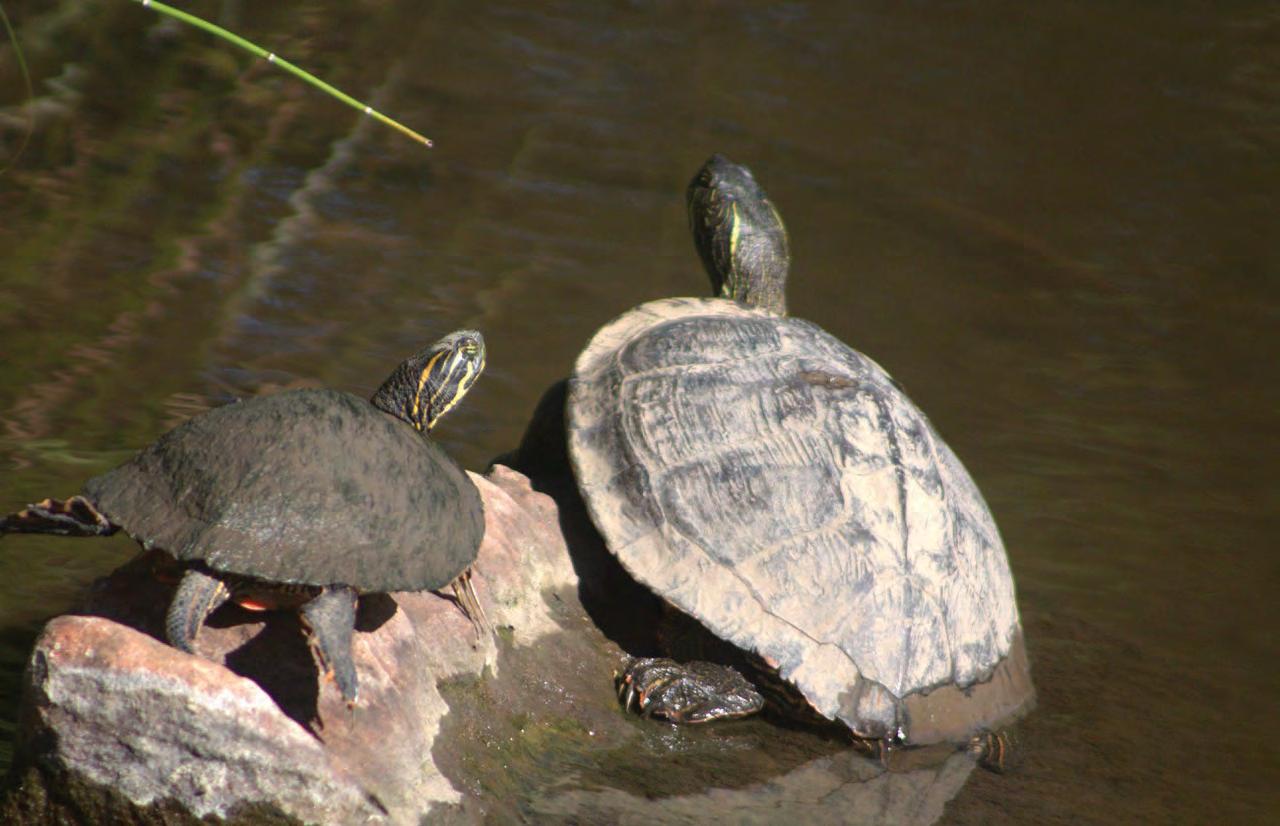
Another animal, different from turtles, also depends on the health of their environment to survive: human beings. Yet so many of us live in internal bubbles such as the quest for power, money, and social status that we ignore the surrounding ecosphere that sustains us.
Within our little cloisters of self, it is easy to call saving turtles a mere aesthetic concern, worthy of preservation only because people like them. Instead, turtles’ looming extinction sounds a more urgent alarm: the extinction of life itself. It is not up to us to determine the value of nonhuman life, for reasons like complex civilizations, language, and the scientific method, criteria arbitrated by humans for humans. It’s impossible to deny humanity’s animality. People exist in a non-hierarchical continuum of life from snails to jellyfish to prairie dogs and turtles. Our species depends on bacteria inside our stomachs to digest food, which also comes from other lifeforms, both plant and animal. As Aldo Leopold understood, environmental equilibrium balances on a thin tightrope. Sea turtle eggs provide nutrients to dune plants on the shore, preventing erosion, and the dunes protect human habitats from coastal waters. Freshwater turtles scavenge dead fish and crustaceans, keeping ponds and lakes clean of carrion, including urban reservoirs. To destroy nature for profit is to sell ourselves.
Turtles, humans, toads, birds, snails, dolphins, insects — they all have an equal inheritance to Earth’s bounty, which we kill through deforestation, pollution, and carbon released into the atmosphere with such damage to the balance of global temperature that some scientists now call our geologic epoch the Anthropocene. This naming is not meant to compliment human beings.
The presumption that humans are, per Hamlet, “the paragon of animals” permits the exploitation of nature for human ends. The world and the universe were not made for humans alone. Earth spins its tiny blue speck around an average star among a galaxy of 400 billion suns in a cosmos of more than 100 billion galaxies. Outside the human animal, intergalactic vastness spreads its revelation.
Since the Renaissance, Western civilization has enacted relentless natural exploitation. This was based upon a subset of humanistic ideals that rationality defines humanity, exemplified by the philosopher Rene Descartes, who believed animals were merely instinctive robots, reacting to their environment as a lightbulb reacts to an on-switch. Another ideological foundation to human supremacy is a literal interpretation of Genesis 1:26, that people are made in the likeness of God and given dominion over every nonhuman being. As the historian Lynn White discussed in his seminal essay “The Historical Roots of Our Ecologic Crisis,” this dominionist interpretation was adopted by church fathers, despite the alternative theology of Saint Francis of Assisi, the patron saint of animals and ecology. Conquistadors, without asking Native Americans’ permission, asserted their lust for gold and their Catholicism onto the New World. Although containing recent, notable exceptions — namely, Darwinist Jesuit Teilhard de Chardin and the deep ecologist Fr. Thomas Berry — the conquistadors’ religion depicted humans over nonhumans in a divinely ordained hierarchy, The Great Chain of Being, with God over angels, angels over man, and man over beasts. Europe’s mercantilism was built after unsustainable models. Farmland sutured wildlife corridors and im-
prisoned deer, bears, and boars in diminishing pockets of forest, and Europe’s Atlantic was overfished by Columbus’ time, all while the population rose but resources were distributed unevenly among commoners and nobles. In contrast, the indigenous tribes of the Americas largely based their economies on reciprocity. Hunters gave thanks to the elk they slew. Natives believed that disrespecting bison and other game harmed the natural order to which these creatures belonged and in turn harmed human beings themselves. What’s taken from the environment must be returned to maintain equilibrium, as human beings were part of the same natural order. Natives burned prairies and had an effect on their environment, but it is hard to deny that the ideology of the conquistadors, which divided the human from nature, led to deadlier results.
Global capitalism is perhaps the most radical human construct ever practiced, radical because it is physically unsustainable. The United States largely places a higher value on the abstraction of money than on the concreteness of the physical world. To a bird, a $50 bill may be nesting material. To a person, the value is designated somewhat consistently but arbitrarily. Imagine explaining capitalism to aliens from another planet. We would tell them we work not for our individual benefit, not for the benefit of the Earth or the human species, but to further capital and production, abstract constructs that have no value besides what we’ve given them. I imagine the space creatures would roll their eyes, supposing they had them.
The same logic that exploits nonhumans for profit and power will also exploit humans. Capitalism contains within itself continued on page 15
This land is our land — humans and nonhumans alike.
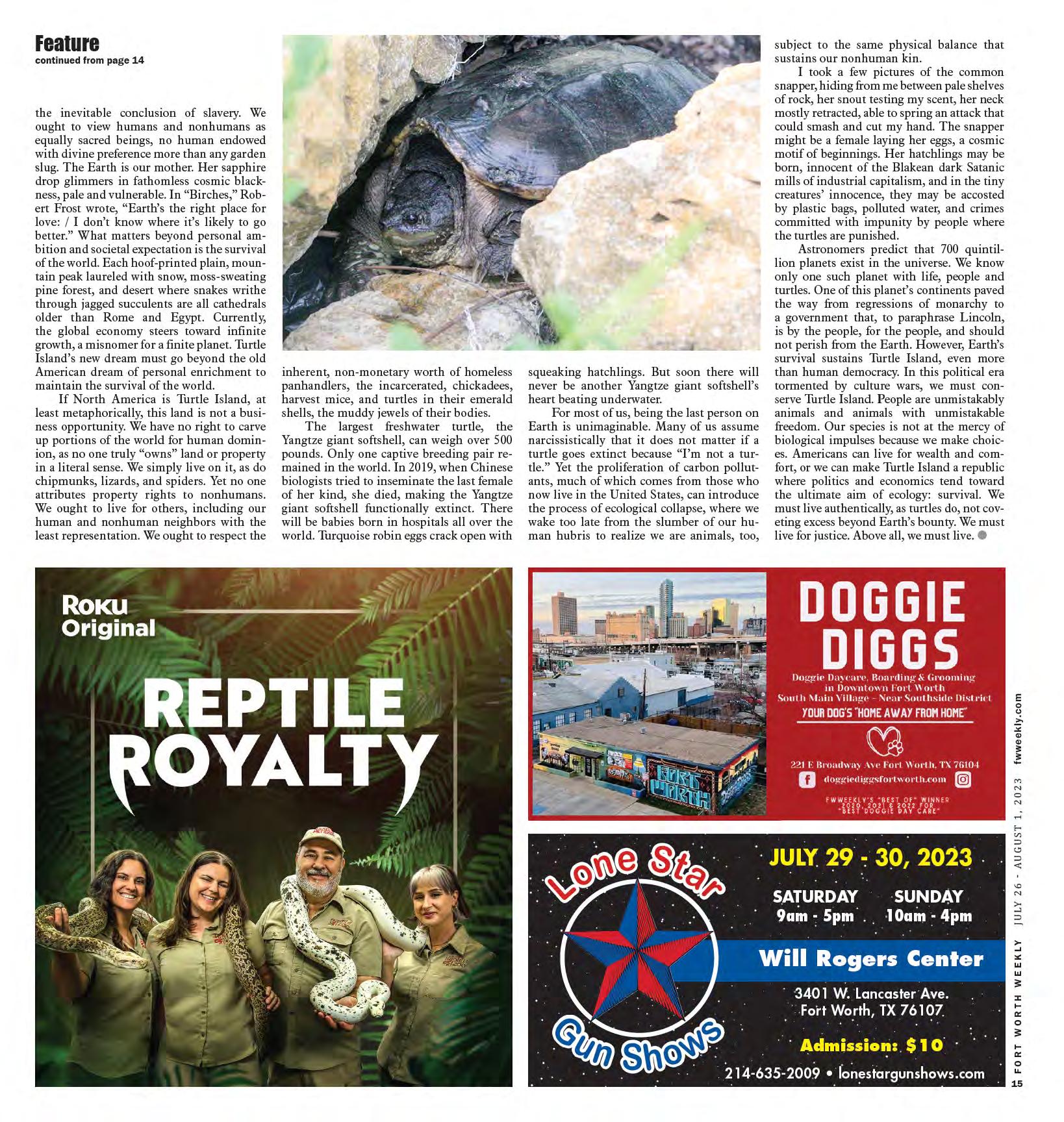
The term “dog days of summer” refers to the sweltering and humid weather during July and August in the Northern Hemisphere, or so says the Farmers’ Almanac. “The ‘dog days’ were believed to be a time of drought, bad luck, and unrest, when dogs and men alike would be driven mad by the extreme heat.” In astrology, this time period also coincides with the rising of Sirius, the Dog Star, if you’re into that sort of thing.
In case you have not noticed, many animals are referenced in this week’s issue, including our Night & Day section. Welcome to Creature Comforts 2023. So, what animal-centric happenings are on the calendar during the hottest time of year? Many things, my friends. Many things.
Those interested in attracting birds to their backyard can attend the free online class Gardening for Birds hosted by Save Tarrant Water and led by a Tarrant County master gardener. At 6pm, log on to learn about creating habitats and providing food sources for different kinds of visiting birds year-round. For more information or to register, visit Bird_Garden_ Eventbrite.com.
Stock up on animal-related and non-animal-related books of all shapes and sizes at the 40-Year Anniversary Sale at Recycled Books (200 N Locust St, Denton, 940-566-5688). With three floors of

used books, movies, music, and more, there is something for everyone, including animal lovers. Fri-Sun, everything is 20% off in celebration of the landmark day.
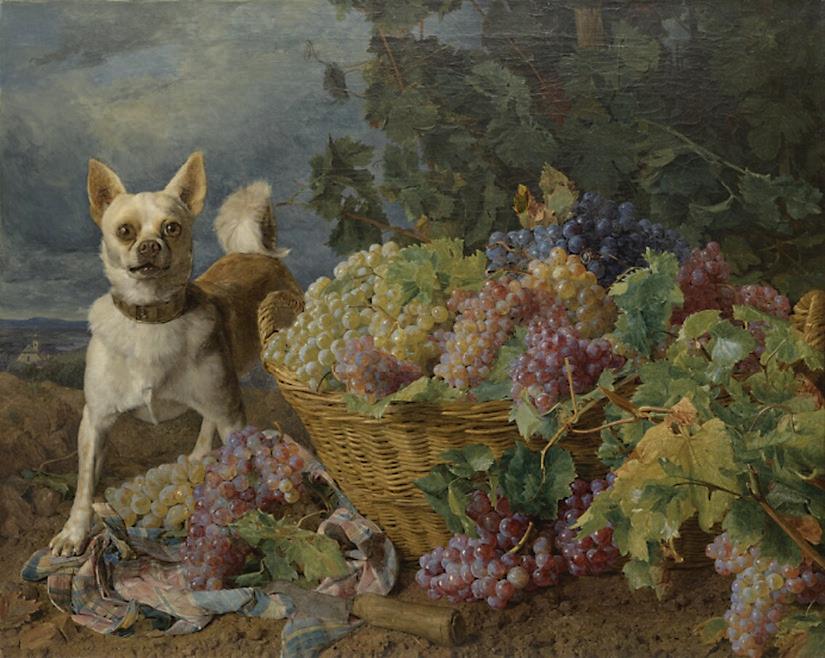
29
Saturday
As if I’m not going to mention that The Toadies are playing at the Lexus Box Garden at Legacy Hall (7800 Windrose Av, Plano, 972-846-4255). It’s like you don’t even know me at all. Doors open at 6pm, and the show starts at 7pm. Get there early to catch openers Here Holy Spain, another North Texas favorite. Tickets start at $28 on Prekindle.com.

30
Sunday
Explore the world of sharks daily thru Mon, Jul 31, at SEA LIFE Grapevine (3000 Grapevine Mills Pkwy, Grapevine, 469-444-3050) as they celebrate Shark Month. Enjoy sensational encounters with seven unique species. Watch them swim overhead and around you in Texas’ only 360° ocean tunnel and become a shark expert through various interactive activities. With Meow Wolf in the same building, you can make a whole day of it. A word of advice: go to the aquarium first. We went after Meow Wolf, and I spent the whole time wondering if the animals were real or not (#MindBlown). SEA LIFE tickets start at $19.99 at VisitSeaLife.com.
continued on page 17
A club named for insects is now the go-to for those seeking a cat-scratching good time. Translation? The Cicada (1002 S Main St, Fort Worth, @The_ Cicida_FTW) currently hosts performances by Claws Out Comedy (@ClawsOutComedy). “Come see PURRfessional comedians working out their acts every Monday night at Cicada,” says Claws-Out owner Monna. “There are new lineups each week.” There is no cover, and draft beers are $1 off.




Monday
Among the works at the Kimbell Art Museum (3333 Camp Bowie Blvd, Fort Worth, 817-332-8451), you will find a furry oil-on-canvas friend. Painted by Ferdinand Georg Waldmüller in 1836, “Dog Guarding a Basket of Grapes” is one of many pieces featuring animals throughout the museum. As admission to view the permanent collection is always free, a scavenger-hunt outing with the kids would be affordable indoor fun for families. (Air-conditioning for the win!) Take the kids 10am5pm Tue-Thu and Sat, noon-8pm Fri, or noon-5pm Sun and see what other animal art they find.
Tuesday
Remember when Finding Nemo caused a worldwide shortage of clownfish? Let’s not do that again, m’kay? Even if your kiddos beg you for a pet turtle after seeing Teenage Mutant Ninja Turtles: Mutant Mayhem, which opens tonight, don’t do it. As a turtle mom myself, I can tell you a couple of things. First, they don’t actually have ninja skills or eat pizza. What they can do is live a long time, and they will definitely outlive your child’s interest in them. Please leave them in the wild, see them at the zoo, or just enjoy them at the theater. The end. Oh, wait. How did I get mine? Glad you asked. They were given to my high school boyfriend’s little sister as a gift. As the animal whisperer in the group, I inher-


ited them once her interest waned. They are still with me some 30-plus years later.
Texas Movie Bistro (3980 Boat Club Rd, Fort Worth, 817-238-7764) is hosting a Summer Series thru Thu, Aug 10, featuring family-friendly movies at 11am Mon-Fri for only $2 per person. This Friday thru next Thursday, it’s Puss in Boots: The Last Wish, followed by Trolls World Tour Fri, Aug 4, to Thu, Aug 10.

Metal music mecca Haltom Theater (5601 E Belknap St, Haltom City, 682-250-5678) hosts a Leo Fest celebrating everyone born during hell month-ish. Leo is the fifth sign of the zodiac, and anyone born between this Sunday and around Tue, Aug 22, is considered a Leo in astrology terms. Its representation as a lion is usually linked with the Nemean lion slain by Hercules. (I did not know that. Thanks, Google.) As a person with an Aug 27 birthday, I am considered “on the cusp.” For a list of great birthday presents for me, check out this week’s Big Ticket. Meanwhile, head to the Haltom and see The Community, Desolation Angels (Bad Company tribute), DFW All-Stars from Arlington School of Music, Eva Kora, and Nytrat. Tickets are $10, and doors open at 7pm.
Because I love a good theme, I’ll give you a sneak peek into future Night & Day writeups similar to what you read above. In August, there is a concert called Dark Side of the Mule, an art show by Tigerbee, a concert by Flying Racoon Suit, and a Dog Day at a local pool. Then two weeks from now, you can read about how teachers can adopt cows for their classrooms in our Back to School issue. Stay tuned. And, as always, you’re welcome.
By Jennifer Bovee


